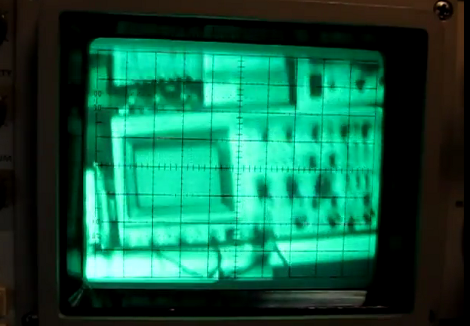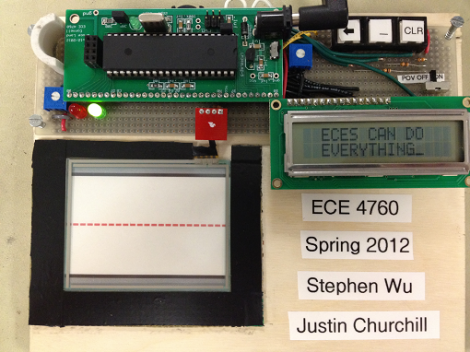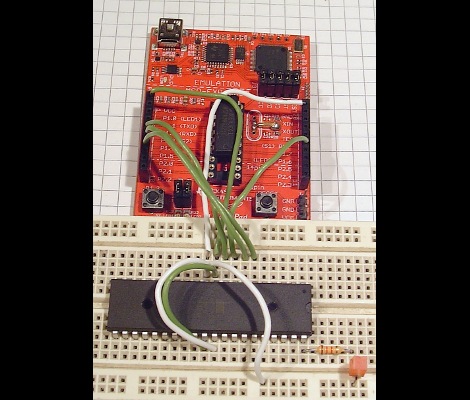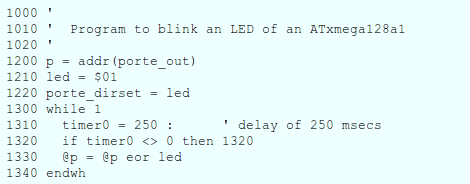
[Luigi Auriemma] almost rendered his brother’s TV useless attempting to play a simple practical joke. In the process, he uncovered a bug that could potentially upset a lot of people. His idea was to connect a computer to the system via WiFi, masquerading as a remote control. [Luigi] found that by altering the packet being sent to the TV by adding a line feed and some other characters to the name, it would begin an endless reboot loop.
He also discovered that he could easily crash the devices by setting the MAC address string too long. We’re not sure if he’s modifying the remote, or the television on this one though.
These bugs affect the Samsung TVs and Blu Ray players that utilize the same chip. The crazy part is that despite his attempts, he has been unable to contact anyone at Samsung to let them know!
[via BoingBoing]

















